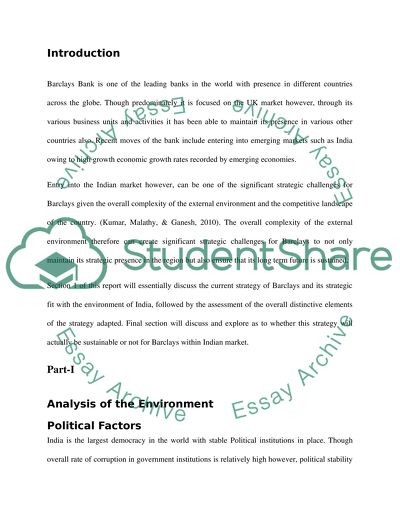Cite this document
(“Barclays Bank in India: Innovative Retail Banking Growth Strategy Essay”, n.d.)
Retrieved from https://studentshare.org/environmental-studies/1413719-barclays-bank-in-india-innovative-retail-banking
Retrieved from https://studentshare.org/environmental-studies/1413719-barclays-bank-in-india-innovative-retail-banking
(Barclays Bank in India: Innovative Retail Banking Growth Strategy Essay)
https://studentshare.org/environmental-studies/1413719-barclays-bank-in-india-innovative-retail-banking.
https://studentshare.org/environmental-studies/1413719-barclays-bank-in-india-innovative-retail-banking.
“Barclays Bank in India: Innovative Retail Banking Growth Strategy Essay”, n.d. https://studentshare.org/environmental-studies/1413719-barclays-bank-in-india-innovative-retail-banking.


